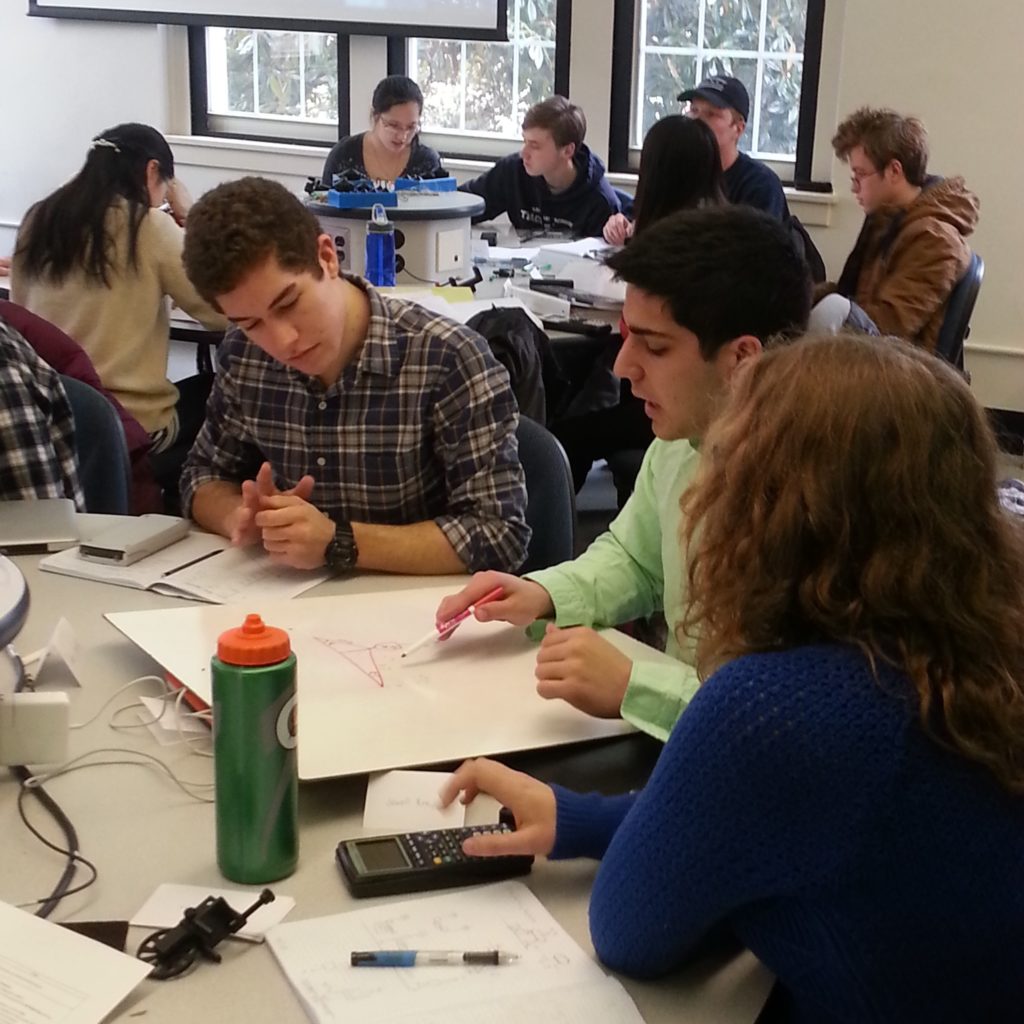
James F. Cahoon of the University of North Carolina at Chapel Hill is among 126 scholars being awarded the 2015 Sloan Research Fellowship by the Alfred P. Sloan Foundation. Given annually since 1955, the fellowships go to early career scientists and scholars whose achievements and potential identify them as rising stars, the next generation of scientific leaders.
This is the second prestigious award given to early-career scientists that Cahoon has received in recent months. Last October, he was awarded a Packard Fellowship for Science and Engineering, which invests in future leaders who have the freedom to take risks, explore new frontiers in their fields of study and follow uncharted paths that can lead to groundbreaking discoveries.
“These fellowship provide a well-deserved recognition of Jim’s accomplishments and will help him continue his active research program,” said Valerie Ashby, professor and chair of the chemistry department. “I have no doubt that his research efforts will be the source of major breakthroughs in the field of semiconductor nanomaterials and their exciting applications.”
Sloan fellowships are awarded in eight scientific fields: chemistry, computer science, economics, mathematics, evolutionary and computational molecular biology, neuroscience, ocean sciences, and physics. Winners are selected through close cooperation with the scientific community. To qualify, candidates must be nominated by their fellow scientists and subsequently selected by an independent panel of senior scholars. Each fellow receives $50,000 to be used for research.
Cahoon, an assistant professor of chemistry in UNC’s College of Arts and Sciences, focuses his research on the design of materials at the nanoscale — a size regime hundreds of times smaller than the width of a human hair. His group uses chemistry to control the shape of materials labeled semiconductors. By controlling the shape of semiconductors at the nanoscale, his group is expected to yield a new strategy for developing new technologies, ranging from solar cells and optical circuits to thermoelectric systems.
With Cahoon, UNC-Chapel Hill has had 45 Sloan and six Packard recipients since the awards were established, highlighting UNC-Chapel Hill’s strength as an innovation and research hub with some of the brightest scientists worldwide.
Cahoon received bachelor’s degrees in chemistry and philosophy from the College of William and Mary, and a doctorate degree in physical chemistry from the University of California, Berkeley. He did post-doctoral work at Harvard University before coming to UNC-Chapel Hill in 2011.



